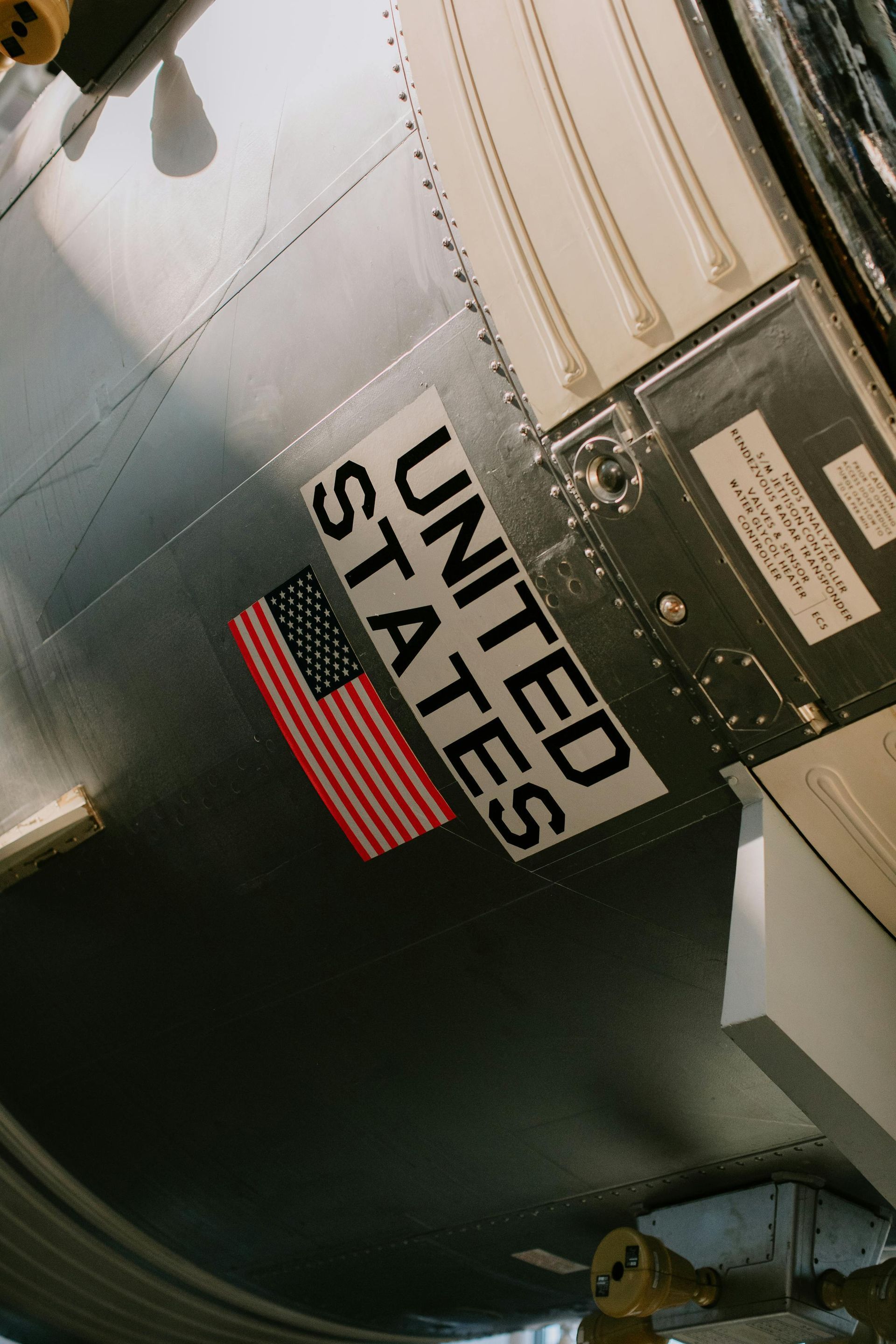The Top 10 Contaminated Superfund Sites in the United States
Understanding Superfund Sites: A Comprehensive List and Their Impact
The Top 10 Contaminated Superfund Sites in the United States.
Superfund sites are locations in the U.S. that have been designated by the Environmental Protection Agency (EPA) as requiring cleanup due to hazardous waste contamination. Here are ten of the most notorious Superfund sites, highlighting the severity of contamination and the ongoing efforts to restore these areas.
1. Love Canal, New York
Perhaps the most infamous Superfund site, Love Canal is a neighborhood that faced severe contamination due to the disposal of toxic chemicals by Hooker Chemical Company in the 1940s and 1950s. The site was designated a Superfund area in 1980 after many residents reported health issues. The cleanup involved removing contaminated soil and waste and has become a symbol of environmental disaster and grassroots activism.
2. Times Beach, Missouri
Once a bustling town, Times Beach became a notorious Superfund site when dioxin was sprayed on its roads to control dust. The town was evacuated in 1985 after the discovery of contamination, and the entire area was eventually demolished. The EPA invested significant resources into cleaning the site, which had been covered in toxic waste, and the town was declared a Superfund site in 1983.
3. The Hanford Site, Washington
The Hanford Site is one of the largest and most complex Superfund sites in the U.S. It was established during World War II to produce plutonium for nuclear weapons. Decades of nuclear production left behind radioactive waste, leading to soil and groundwater contamination. The cleanup process is ongoing and is expected to take decades and cost billions of dollars.
4. The Gowanus Canal, New York
The Gowanus Canal has been a contaminated site since the 19th century, affected by industrial waste, sewage overflow, and other pollutants. Efforts to restore this heavily polluted waterway include dredging and habitat restoration projects. The canal’s designation as a Superfund site highlights the challenges in addressing urban contamination.
5. Love Canal’s Neighbor: G- line, New York
Adjacent to Love Canal, the G- line site was also contaminated due to industrial waste disposal practices in the area. The regions suffered from severe public health issues, prompting significant environmental assessments and cleanup efforts aimed at restoring the local ecosystem and preventing further contamination.
6. The Apache Leap Mine, Arizona
The Apache Leap Mine has a long history of copper mining, which has led to severe soil and water contamination due to heavy metals and other pollutants. The site has faced numerous remediation challenges, with local wildlife and ecosystems affected. The EPA's involvement aims to mitigate the hazards while evaluating potential impacts on surrounding communities.
7. Paradise Flat, Tennessee
Paradise Flat was designated as a Superfund site due to the disposal of hazardous waste by multiple industries, leading to the contamination of soil and groundwater with harmful chemicals. Cleanup efforts are focused on reducing the risks to human health and restoring the local environment, which has been significantly degraded.
8. The Duwamish River, Washington
The Duwamish River is heavily contaminated due to industrial activities, including shipbuilding and wastewater discharge. It has been linked to toxic pollution affecting wildlife and human health. Contaminated sediments are being removed and treated as part of ongoing restoration programs designed to revitalize the river’s ecosystem and improve conditions for local communities.
9. Montello, Wisconsin
Montello was named a Superfund site due to groundwater contamination from a nearby foundry and former manufacturing facilities. High levels of VOCs (volatile organic compounds) were found in local water supplies, prompting extensive investigations and cleanup efforts to restore safe drinking water and protect public health.
10. Operable Unit 2, Kettleman Hills, California
Operable Unit 2 in Kettleman Hills is known for hazardous waste treatment and disposal activities that led to groundwater contamination. The site contamination has raised serious health concerns for local residents. Cleanup strategies are being implemented to ensure safe environmental conditions and prevent any future contamination.
These Superfund sites serve as stark reminders of the environmental challenges facing many communities in the U.S. Efforts to clean and restore these places are crucial not only for public health but also for the ecosystems that have been compromised. Understanding these issues can help motivate ongoing environmental advocacy and support for sustainable practices.









